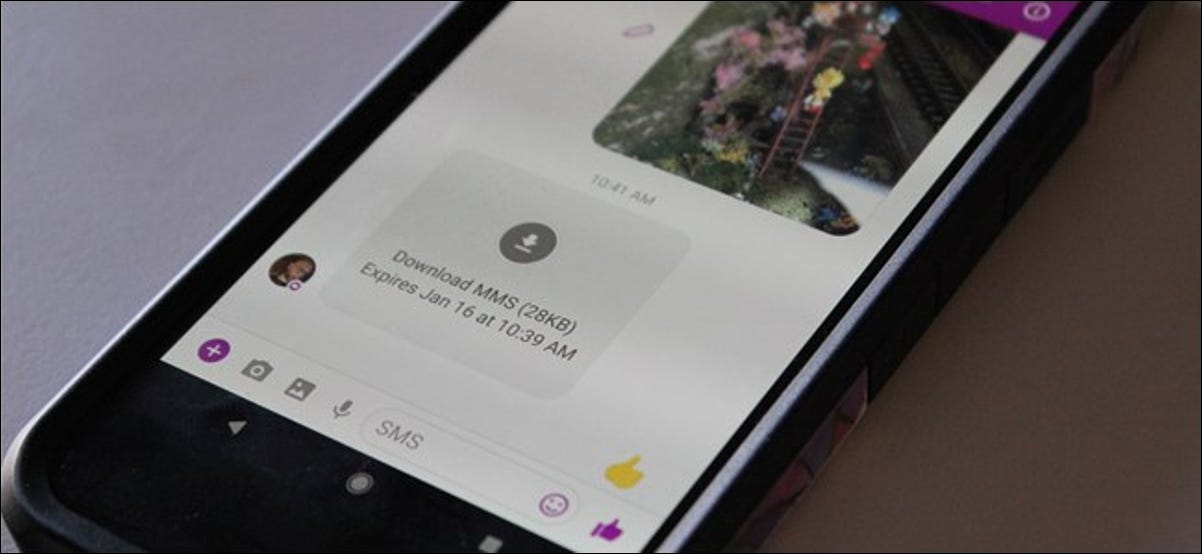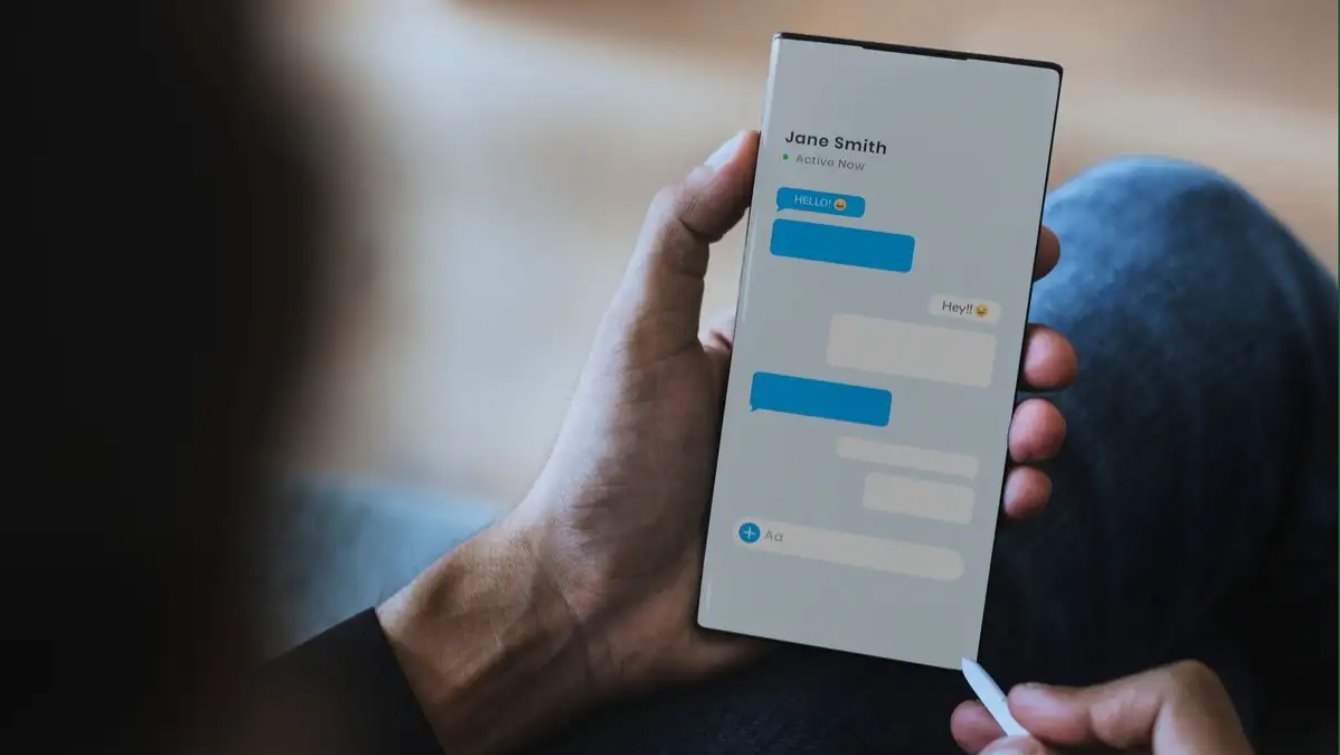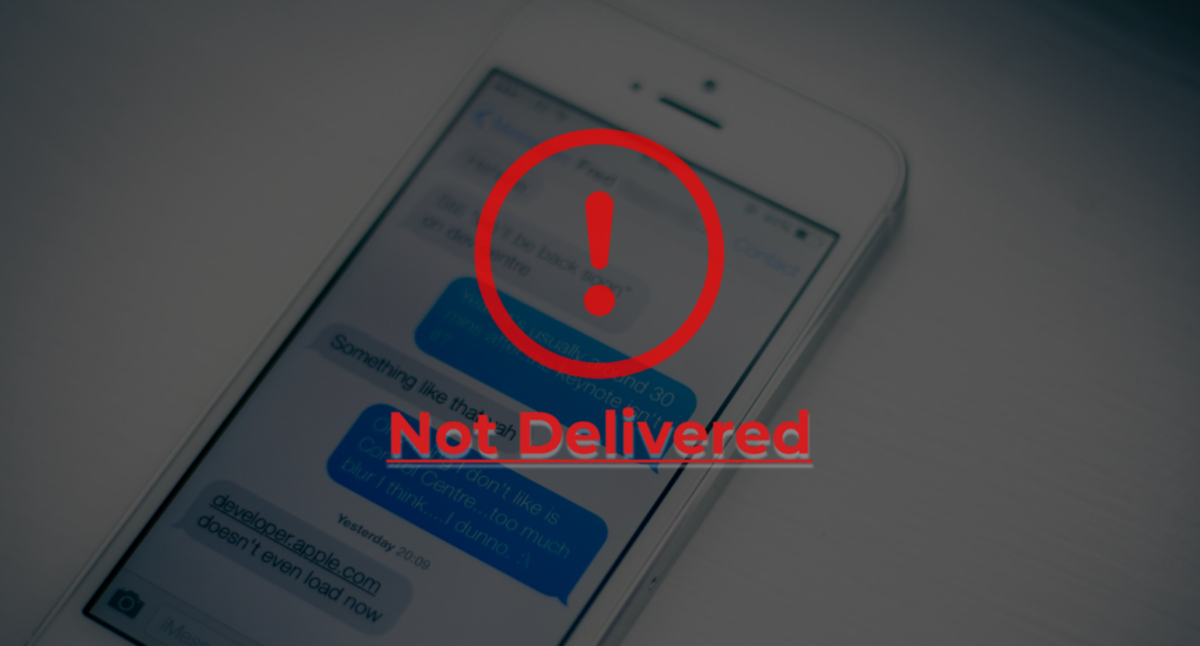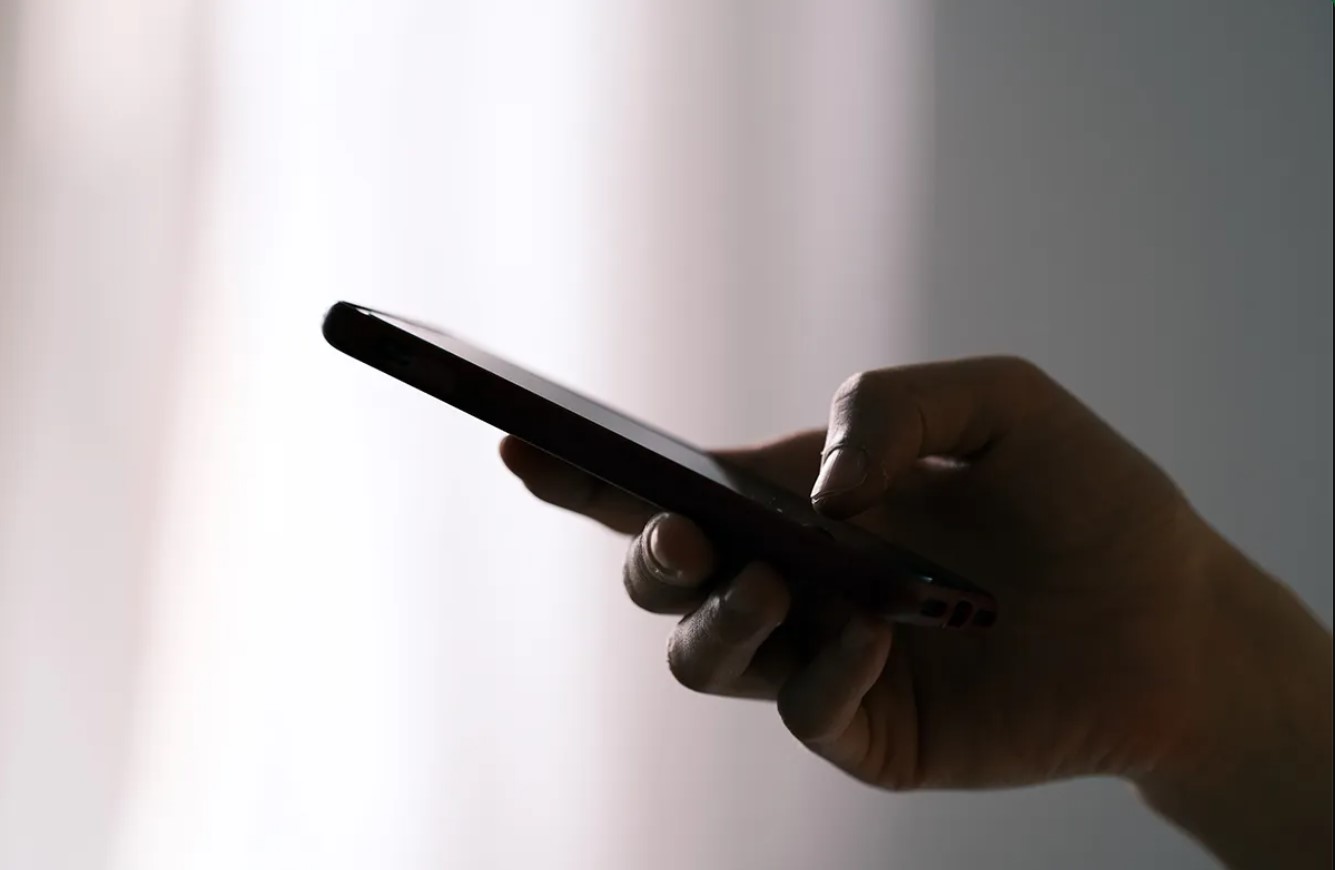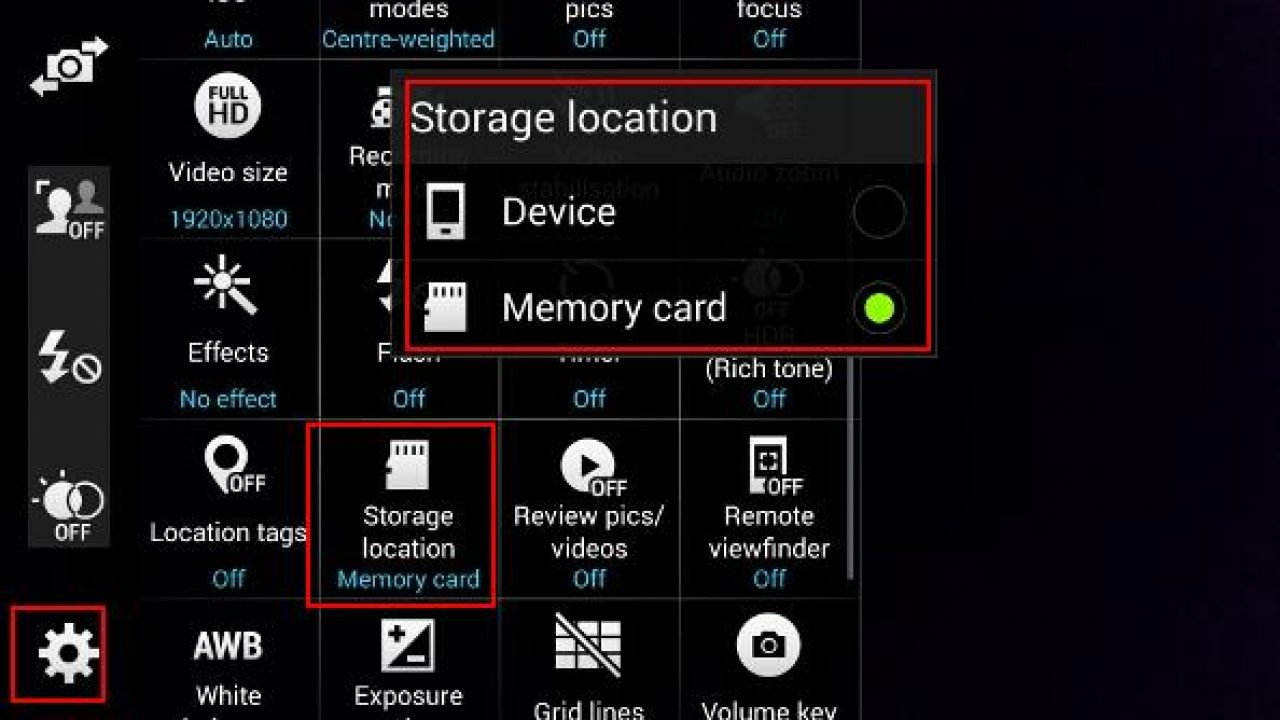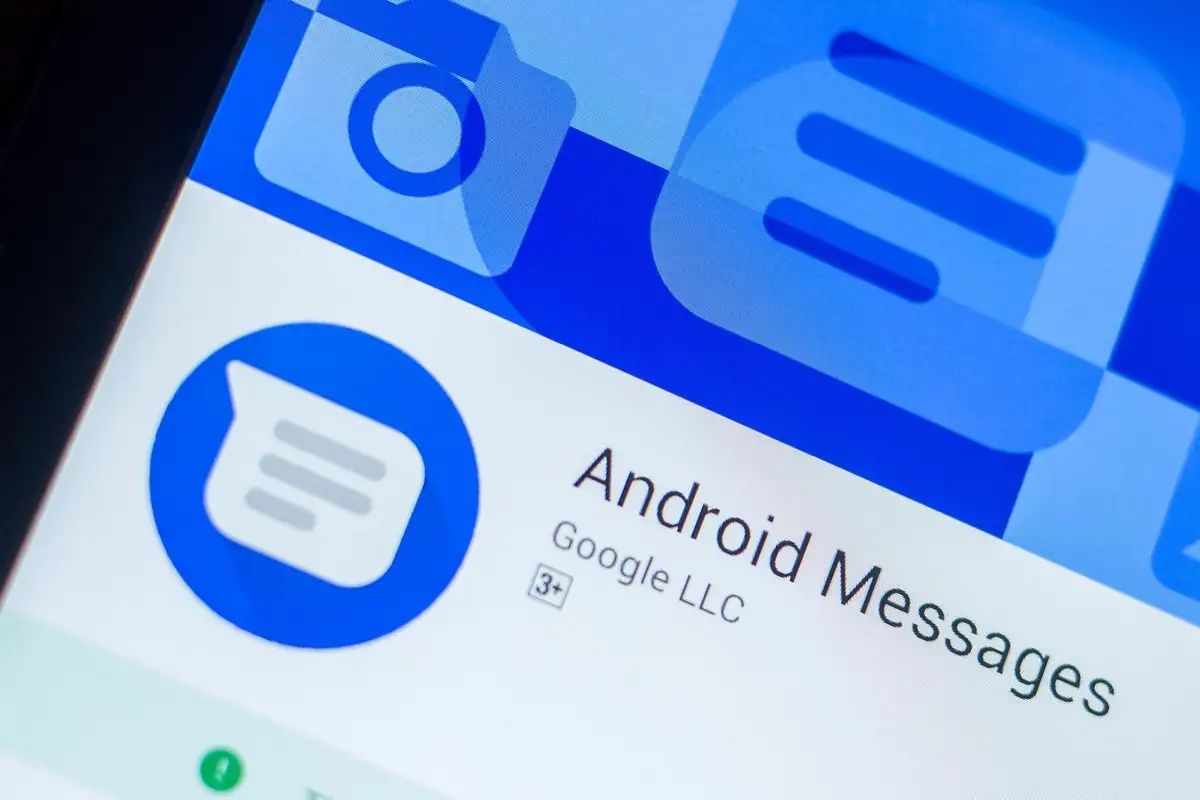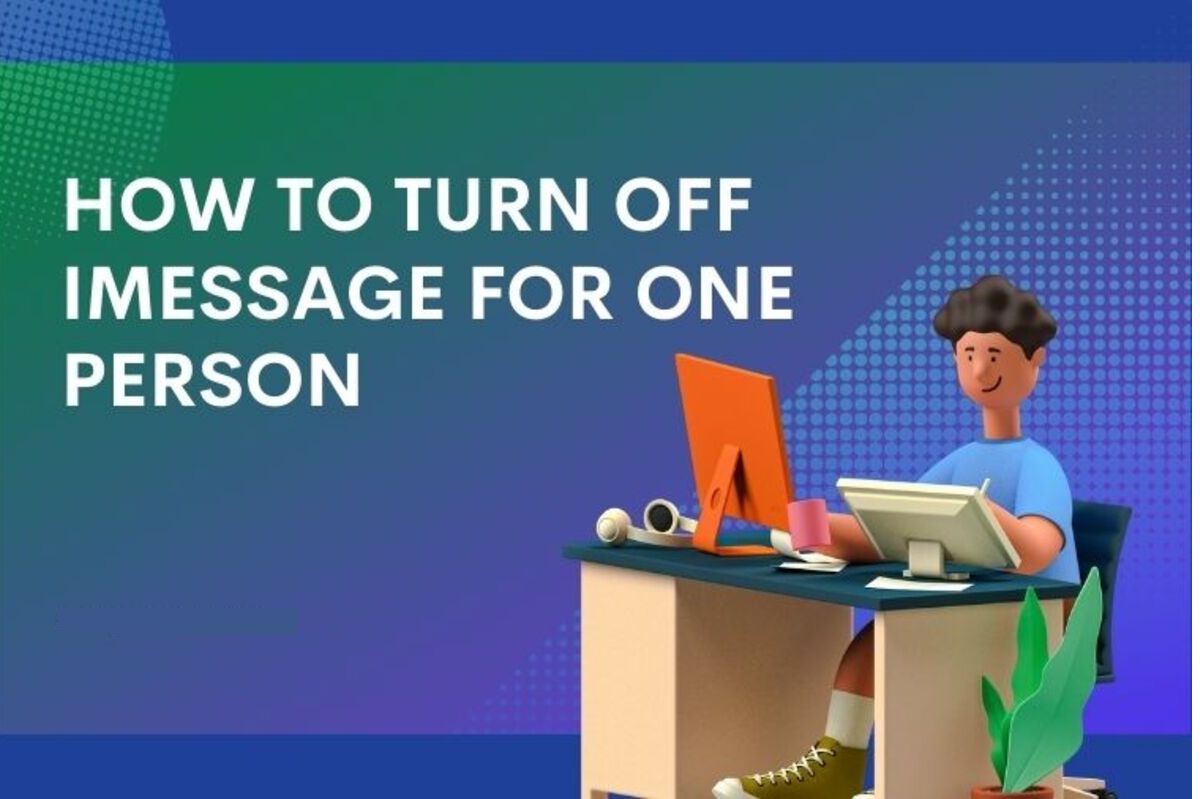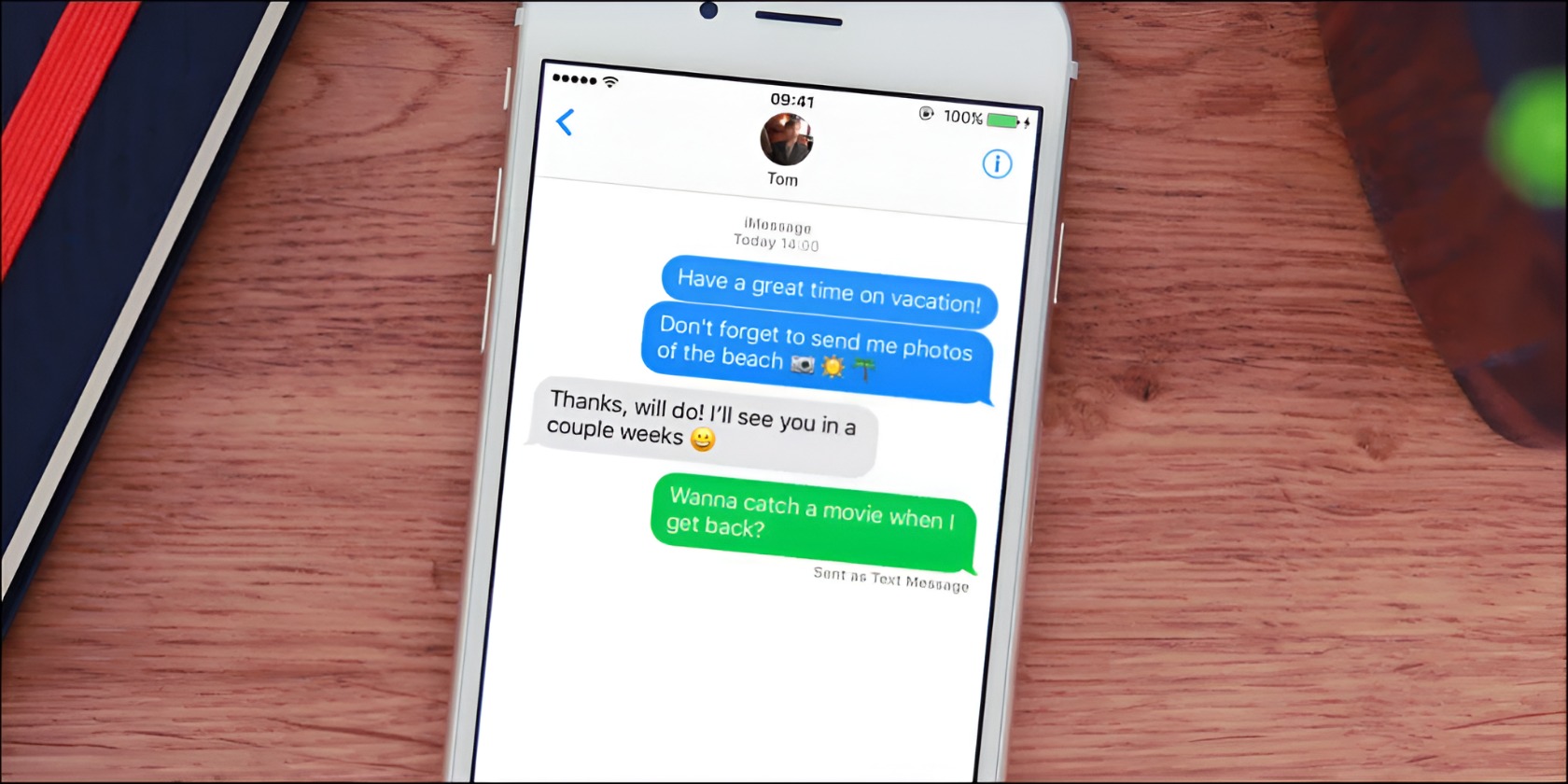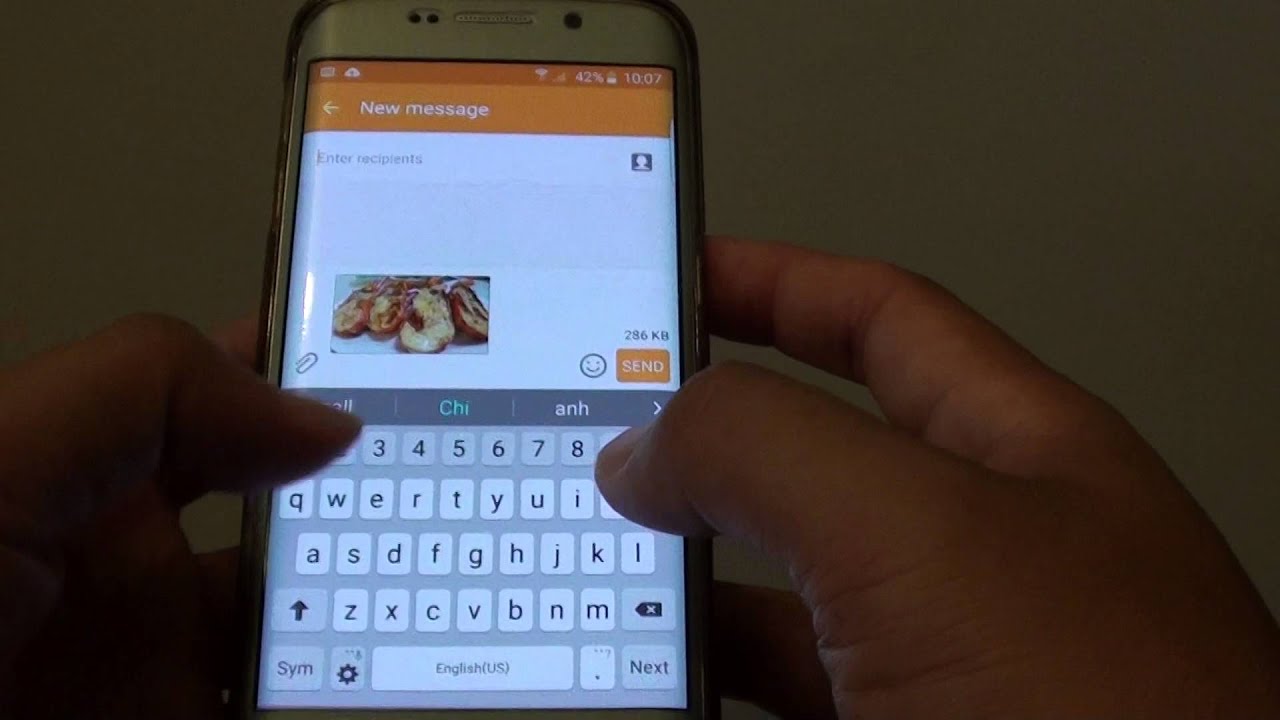Introduction
Welcome to the world of MMS messaging on Android! If you own an Android device, you may have come across the term “MMS messaging” and wondered what it means. MMS, short for Multimedia Messaging Service, is a feature that allows you to send multimedia content like photos, videos, and audio files to other mobile phone users.
MMS messaging goes beyond the limitations of traditional text messaging by enabling you to share rich media with your contacts. It opens up a whole new world of communication possibilities, allowing you to convey your thoughts and experiences in a more vivid and engaging way.
In this article, we’ll take a closer look at what MMS messaging is, how it works on Android devices, the benefits it offers, its limitations, and troubleshooting tips if you encounter any issues. We’ll also explore alternative methods of multimedia communication that can be used on Android devices.
So, if you’re ready to unleash the power of multimedia messaging on your Android phone, let’s dive in and discover the wonders of MMS messaging together.
Definition of MMS Messaging
MMS, or Multimedia Messaging Service, is a communication feature that allows users to send multimedia content such as pictures, videos, and audio files through their mobile devices. Unlike traditional SMS (Short Message Service), which is limited to plain text, MMS messaging enables users to share rich media with their contacts.
With MMS messaging, you can capture and send high-quality photos and videos directly from your Android device’s camera. You can also attach audio files, such as voice recordings or music, to your messages. This allows you to express yourself in a more dynamic and engaging way, making your conversations more personalized and memorable.
When you send an MMS message, the multimedia content is packaged into a single message along with any accompanying text. This makes it convenient for recipients to view and access all the content in one go, without the need to open multiple files or navigate through various links.
MMS messaging also supports a larger message size compared to traditional SMS. While SMS messages are typically limited to 160 characters, MMS messages can contain up to 1,600 characters of text, providing you with more space to express yourself.
It’s important to note that MMS messaging requires an active cellular data connection. This means that you may incur data charges from your mobile service provider when sending and receiving MMS messages. It’s advisable to have a data plan that includes MMS messaging to avoid unexpected charges.
Now that we’ve defined what MMS messaging is, let’s delve into the workings of MMS messaging on Android devices in the next section.
How MMS Messaging Works on Android
MMS messaging on Android devices relies on a combination of cellular data and the built-in messaging app to send and receive multimedia content. When you compose an MMS message on your Android device, here’s what happens:
- You open the messaging app on your Android device and start a new conversation or reply to an existing one.
- Instead of sending a simple text message, you tap on the attachment icon to add multimedia content to your message. This can be a photo, video, or audio file stored on your device.
- The messaging app converts your multimedia content into an MMS message, encapsulating it along with any accompanying text.
- Next, you enter the recipient’s phone number or select them from your contacts. You can send the MMS message to single or multiple recipients, just like with traditional text messages.
- Once you hit the send button, your Android device uses the cellular data network to transmit the MMS message to the mobile service provider’s MMS server.
- The MMS server receives the message and examines the recipient’s phone number to determine the appropriate carrier network.
- The MMS server then routes the message to the recipient’s carrier network, which forwards it to their Android device.
- The recipient’s Android device, using the built-in messaging app, receives the MMS message and downloads the multimedia content.
- The recipient can then view the multimedia content directly within the messaging app and can choose to save the content to their device if desired. They can also reply to the message with their own multimedia content.
It’s worth noting that MMS messaging requires a stable cellular data connection to function properly. If you’re in an area with a weak signal or no data coverage, you may encounter difficulties sending or receiving MMS messages. Additionally, the file size of the MMS message can affect the delivery speed, so larger files may take longer to send and receive.
Now that we understand the workings of MMS messaging on Android, let’s explore the benefits that this feature offers.
Benefits of MMS Messaging
MMS messaging on Android devices offers a range of benefits that enhance your communication experience. Here are some of the key advantages of using MMS messaging:
- Expressive and Engaging Communication: MMS messaging allows you to go beyond plain text and convey your thoughts and experiences through visual and auditory elements. You can share high-quality photos and videos, capturing special moments in vivid detail. Sending audio files enables you to share voice recordings, music, and personalized messages.
- Convenience and Ease of Use: With MMS messaging, you can share multiple media files in a single message, making it convenient for both you and the recipient. Whether it’s a combination of photos and videos or a mix of different multimedia elements, MMS messaging simplifies the sharing process by packaging everything together.
- Enhanced Visual Communication: MMS messages allow for larger file sizes compared to traditional SMS, enabling you to send high-resolution images and videos. This ensures that your visual content is displayed in its full glory, providing a more immersive and captivating experience for the recipient.
- Improved Personalization: While text messages can sometimes be impersonal, MMS messaging allows you to add a personal touch to your conversations. You can spice up your messages with emojis, drawings, and handwritten notes. This level of personalization fosters a deeper sense of connection and creativity in your interactions.
- Efficient Information Sharing: MMS messaging is an effective way to share information that goes beyond words. Whether it’s a map, a menu, or a business card, you can easily send and receive visual and graphic content that provides the recipient with clear and concise information.
- Business and Marketing Opportunities: For businesses, MMS messaging opens up new avenues for marketing and promotion. It allows companies to send product images, promotional videos, and offers directly to their customers’ mobile phones, effectively grabbing their attention and generating interest.
- Group Communication: MMS messaging supports sending messages to multiple recipients simultaneously. This makes it ideal for group communication, whether it’s coordinating a social event, sharing vacation photos with friends and family, or collaborating on a project with colleagues.
As you can see, MMS messaging brings a wealth of benefits to your Android device, elevating your communication to a whole new level. Nonetheless, it’s important to be aware of the limitations of MMS messaging as well, which we’ll explore in the next section.
Limitations of MMS Messaging
While MMS messaging on Android devices offers various advantages, it also has a few limitations that are important to consider. Understanding these limitations can help you make the most out of your multimedia messaging experience. Here are some of the key limitations of MMS messaging:
- Data Usage and Costs: MMS messages require a cellular data connection to send and receive. This means that if you don’t have an unlimited data plan, sending or receiving MMS messages can consume a significant portion of your data allowance. It’s important to keep an eye on your data usage to avoid unexpected charges.
- File Size Limitations: While MMS messaging supports larger file sizes compared to traditional SMS, there are still limitations to consider. Some mobile service providers impose restrictions on the size of MMS messages, which can vary. If you exceed the file size limit, you may encounter issues with sending or receiving MMS messages.
- Quality and Compression: MMS messages often undergo compression to reduce file size and accommodate network limitations. This compression can result in a loss of image and video quality, impacting the viewing experience for the recipient. It’s important to be mindful of this limitation, especially when sending media that requires high fidelity.
- Compatibility Issues: Not all devices or messaging apps support MMS messaging. While it’s a widely adopted standard, there’s a chance that the recipient’s device or app may not be compatible with MMS messages. In such cases, they may not be able to view or download the multimedia content you send.
- Network and Signal Issues: MMS messaging relies on a stable cellular data connection. If you’re in an area with poor network coverage or experiencing network congestion, you may encounter delays or failures in sending or receiving MMS messages. It’s important to have a reliable network connection for seamless MMS messaging.
- Device and Software Limitations: Different Android devices and messaging apps may have varying capabilities when it comes to MMS messaging. Some older devices may have restrictions on file size or limited support for certain file formats. It’s advisable to check your device’s specifications and software capabilities to ensure compatibility with MMS messaging.
By being aware of these limitations, you can manage your expectations and make informed decisions when utilizing MMS messaging on your Android device. In the next section, we’ll provide some troubleshooting tips in case you encounter any issues with MMS messaging.
Troubleshooting MMS Messaging on Android
While MMS messaging on Android devices is generally straightforward, it’s not uncommon to encounter occasional issues. Here are some troubleshooting tips to help you resolve common problems with MMS messaging:
- Check your Network Connection: Ensure that you have a stable cellular data connection. If you’re experiencing network issues, try toggling airplane mode on and off or restart your device.
- Verify Data Settings: Confirm that your device’s mobile data is enabled and that the correct APN (Access Point Name) settings are configured. You can check these settings by going to the “Mobile network” or “Data usage” section in your device’s settings.
- Clear Cache and Data: Sometimes, clearing the cache and data of the messaging app can resolve MMS-related issues. Go to the “Apps” or “Application Manager” section in your device’s settings, locate the messaging app, and clear its cache and data.
- Ensure Sufficient Storage Space: If you’re having trouble sending or receiving MMS messages with large attachments, check if you have enough available storage space on your device. Delete unnecessary files or transfer them to external storage to free up space.
- Update the Messaging App: Make sure you’re using the latest version of the messaging app on your Android device. Updates often include bug fixes and improvements that can resolve MMS-related issues.
- Consider a Different Messaging App: If you’re consistently experiencing problems with the default messaging app, consider trying a different messaging app from the Google Play Store. Some third-party messaging apps provide enhanced MMS functionality.
- Contact your Mobile Service Provider: If the issue persists, it may be related to your mobile service provider. Contact their customer support to ensure that your account is properly provisioned for MMS messaging and to troubleshoot any network-specific issues.
By following these troubleshooting steps, you can often resolve common problems with MMS messaging on your Android device. However, if the issue persists, it’s recommended to seek further assistance from your device manufacturer or mobile service provider.
Now that we’ve explored troubleshooting tips for MMS messaging, let’s discuss alternative methods of multimedia communication on Android devices in the next section.
Alternatives to MMS Messaging on Android
While MMS messaging is a popular method for sharing multimedia content on Android devices, there are alternative methods available that offer similar functionality or cater to specific needs. Here are some alternatives to consider:
- Instant Messaging Apps: Messaging apps such as WhatsApp, Facebook Messenger, and Telegram allow users to send multimedia messages, including photos, videos, and audio files. These apps often offer even more features and functionality, such as end-to-end encryption, group chats, and voice and video calling.
- Cloud Storage Services: Storing your multimedia files in the cloud and sharing links to them is another option. Services like Google Drive, Dropbox, and Microsoft OneDrive allow you to upload and share files easily. This method is ideal for sharing large files or collaborating on projects, as it doesn’t rely on MMS message size limitations.
- Social Media Platforms: Many popular social media platforms, such as Instagram, Snapchat, and TikTok, enable you to share photos and videos with your followers. These platforms offer a wide range of creative features and filters to enhance your multimedia content.
- Email Attachments: If you prefer a more traditional approach, you can use email to send multimedia files as attachments. Most email providers and email apps on Android devices support attaching photos, videos, and audio files to your messages.
- File Transfer Apps: There are dedicated file transfer apps, such as SHAREit, Xender, and Send Anywhere, that allow you to wirelessly share large files between Android devices. These apps utilize Wi-Fi Direct or hotspot functionality, making it convenient to transfer files quickly and without any network or data restrictions.
- Video Calling: When visual communication is a priority, video calling services like Google Duo, FaceTime, and Skype provide a more immersive experience. In addition to real-time video, these apps often include features for sharing photos, videos, and screens during calls.
These alternatives offer different features and functionalities, allowing you to choose the method that best suits your needs and preferences. Some may require the installation of specific apps or the presence of an internet connection, so it’s important to consider the requirements and compatibility when exploring these options.
Now that we’ve discussed alternatives to MMS messaging, let’s wrap up our exploration of multimedia communication on Android devices.
Conclusion
MMS messaging on Android devices is an engaging and convenient way to convey your thoughts and share multimedia content with others. It expands the scope of communication beyond traditional text messages, giving you the ability to express yourself in a more visual and interactive manner.
In this article, we explored the definition and workings of MMS messaging on Android, highlighting its benefits such as expressive communication, convenience, and enhanced visual content. We also discussed the limitations of MMS messaging, including data usage, file size restrictions, and compatibility issues.
To troubleshoot common issues with MMS messaging, we provided several tips, such as checking network connections, verifying data settings, and clearing cache and data. Additionally, we discussed alternative methods for multimedia communication, including instant messaging apps, cloud storage services, and social media platforms.
Ultimately, the choice of using MMS messaging or exploring alternative options depends on your preferences, needs, and the specific scenarios in which you want to share multimedia content. Take into account factors such as data usage, file size limitations, network availability, and the desired level of personalization.
By understanding the features, limitations, and alternative methods of multimedia communication on Android devices, you can make informed choices to enhance your communication experiences and connect with others in more immersive and creative ways.
So go ahead and embrace the power of MMS messaging on your Android device, or explore the diverse range of alternatives available to share your multimedia content. Stay connected, express yourself, and enjoy the wonders of multimedia communication!







